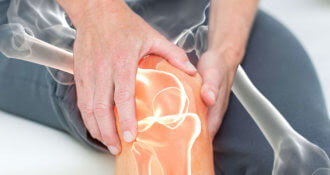Treatments for Back Pain in Physical Therapy
Physical Remedy is a common treatment for people with reverse pain and injuries, but it's important to fete that physical remedy is comprised of numerous different treatment styles. The right treatment must be introduced at the correct time for the case to give stylish results.
In the morning stages of treatment for reverse pain and injury, the primary problems tend to be inflammation, muscle spasm, and reduced mobility. The first step in treatment should be directed at reducing inflammation and spasm. Pacing too snappily to treatments that increase mobility and/ or are intended to increase muscle strength and abidance can frequently drastically increase inflammation and spasm and can greatly delay recovery.
Treatments similar to electrical stimulation and cold packs are frequently the first measures used to begin to control inflammation and spasm. These curves are frequently more effective than drugs in reducing the case's symptoms. Cold packs can be especially helpful when specified to the case for home use to condense in-office treatment, as the frequent operation of cold remedy is the most effective means of reducing inflammation available. During the original stages of treatment when symptoms are at their worst, applying a cold pack for 10 to 15 twinkles at a time up to every two hours can bring the inflammation down briskly than indeed the most important anti-inflammatory medicine.
Once symptoms have dropped and the inflammation and spasm have subsided, treatments like massage and ultrasound may be helpful in easing soft towel compression and in perfecting rotation to a damaged towel to help with mending. At this stage, the severe pain is gone and the case is primarily passing soreness and stiffness.
As the soreness improves, stretching and rallying can be gradationally introduced to ameliorate inflexibility and mobility. It's important to get the case as close as possible to normal mobility before transitioning to strengthening exercises in order to help buttress abnormal movement patterns.
Muscular strengthening and postural correction exercises can be introduced formerly mobility has returned to normal. In the case of reverse pain and injuries, poor posture and lack of muscle exertion frequently contributed to the original injury or pain. It's especially important tore-condition the abdominal muscles and the muscles along the reverse of the chine to give their normal postural support.
Because it's necessary for the case to continue the exercises on their own after being released from the physical therapist's care in order to maintain the benefits, it's important that the therapist include exercises that don't bear a special outfit. Rehabilitation machines can be veritably helpful during the case's treatment program, but they shouldn't be the only type of exercise handed to the case.


Comments
Post a Comment